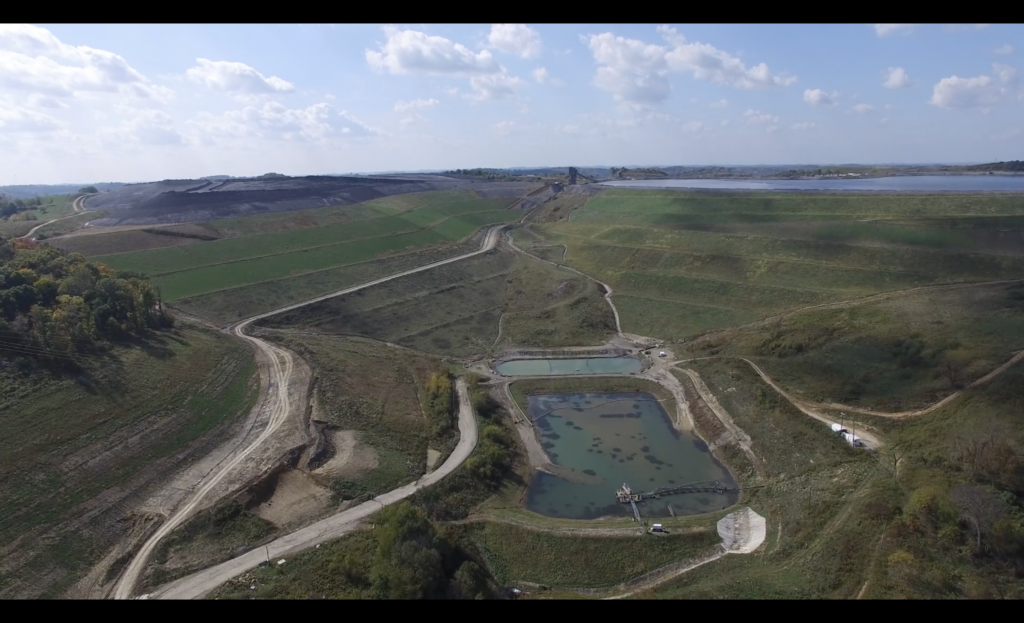
Pennsylvania has a rich history of coal mining, which made our state prosperous and put many residents to work. Coal has been used for many purposes, including steel-making and power generation, but the extractive practice of mining coal creates a lot of hazardous waste. For those who live here, it is common to see large coal refuse disposal areas (CRDAs) where this waste is stored. They are next to our highways, homes, and farms, sometimes filling entire valleys.
The following are satellite images of three CRDAs in Washington or Greene Counties:



While Pennsylvanians may be used to their presence, no matter what safeguards are put in place, CRDAs pose a series of environmental and health concerns.
One risk of CRDAs is fires, which have been a problem since coal mining first started in Pennsylvania. These fires can start on their own and are highly challenging and costly to extinguish. When one of these fires is burning, there are significant health risks from air toxins.
CRDAs also threaten the quality of our water—both groundwater and local waterways. When it rains, the heavy metals in coal waste affix to the rainwater running through the disposal pile. Since many CRDAs in Pennsylvania lie alongside water sources such as rivers, this pollution often drains directly into water sources for millions of people. And if it doesn’t drain directly into our rivers and streams, it makes its way into our groundwater, threatening drinking water supplies for others.
Whether through air toxins or polluted water, CRDAs expose us to heavy metals such as arsenic, lead, cadmium, chromium, mercury, and selenium. These metals can damage all of our organ systems and lead to cancer, heart disease, lung damage, kidney disease, respiratory problems, birth defects, nervous system impacts, and cognitive and behavioral issues.
Not only can CRDAs harm our health, but they are also a real safety hazard. Unstable CRDAs can collapse, destroying nearby neighborhoods. In 2008, when a dam holding back millions of gallons of coal ash failed, the community of Kingston, Tennessee, was put into imminent danger. Thankfully, no one died, but homes were buried in the toxic sludge and pushed off of their foundations. Closer to home, in 1972, a series of dams holding back coal refuse failed and sent black slurry 16 miles along Buffalo Creek Hollow in West Virginia. This disaster claimed the lives of 132, injured over 1,000, and left over 4,000 people homeless.
Right now, these unreclaimed mine lands sit vacant and spread pollution (see Little Blue Lake in Beaver County). Pennsylvania has received hundreds of millions of federal money from the Infrastructure Investment and Jobs Act to clean up these lands and spur economic development. The Pennsylvania Department of Community and Economic Development sees potential for additional industrial development, such as petrochemical development, at larger sites such as Robena and Mitchell Power Station.
However, other ways to remediate these lands exist – including farming. Appalachian Botanical Co. grows lavender on reclaimed mine lands and provides a different kind of job in a community with a legacy of extraction. They are an example of remediating the land and using it for something other than the proliferation of fossil fuel extraction.
While these legacy pollution sites are daunting, they are problems that can be solved. However, we need to be vigilant and make sure the problem is solved the right way, which does not include further industrial build-out that could harm our homes and our health. CCJ will continue to advocate for remediated lands that will benefit our communities for years to come.
